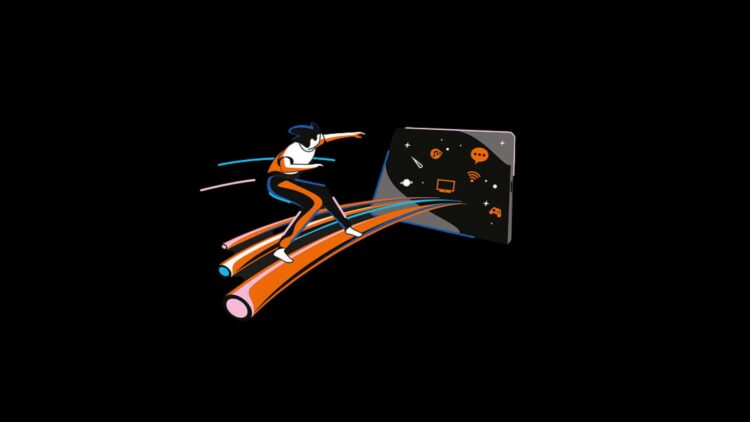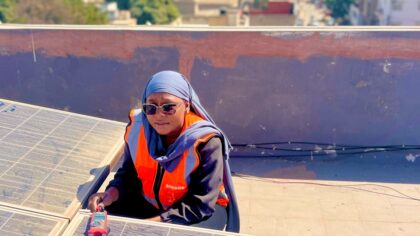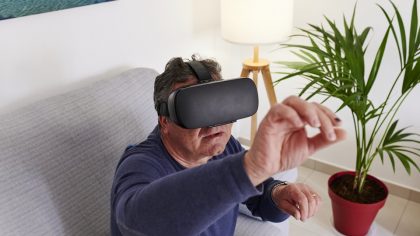Orange launches a quantum computing research initiative to optimise network operations
From reducing latency and preventing failures to accelerating routing operations and making better use of digital twins, quantum computing heralds a new era for telecoms. Orange’s researchers are exploring its most promising uses.
Read the article


Efficient, lightweight computer vision models for innovative applications
Read the article

Boosting women’s involvement in solar energy in Senegal: a key factor for society
Read the article
Virtual reality for addiction treatment: The importance of social plausibility in simulated situations.
Read the article
Are we all “addicted” to our screens? A socio-historical look at how digital technology has been pathologised through the prism of addiction.
Read the article
